Why You Should Actually Consider This Unexpected Vacation
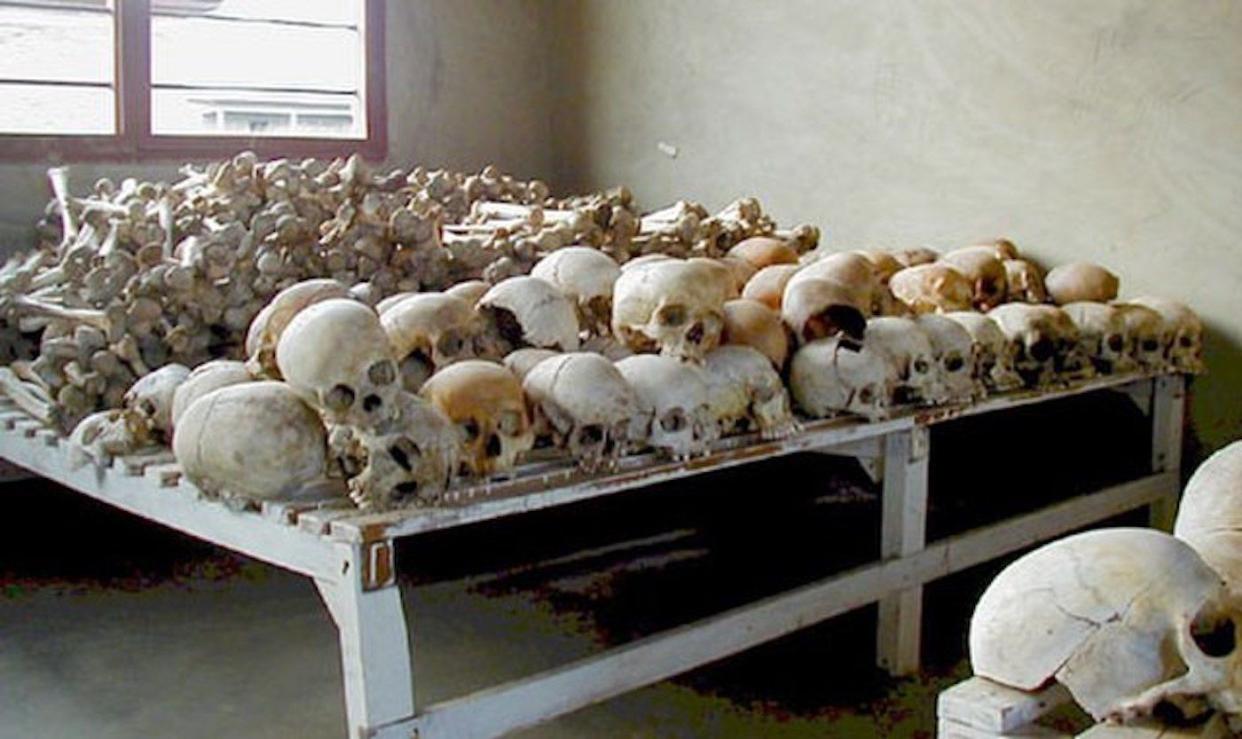
Dark tourism: Yes, it's a thing
No matter how sunny and pleasant our outward dispositions may be, there’s no denying that most of us have a morbid side. We may not express it openly all the time, but it’s usually there in some quantity.
One of the more recent expressions of humanity’s morbid curiosity is the phenomenon known as “dark tourism.” While regular tourism mostly consists of visiting familiar and innocuous landmarks, a burgeoning industry has cropped up around people who want to visit the sites of some of mankind’s darkest chapters.
What follows is a list of locations where people in pursuit of dark tourism can get their fix. Quite a few of them have been turned into museums or memorials that somberly and appropriately commemorate what happened on these hallowed grounds. Others are simply sites where bad things happened, and local authorities hope to capitalize on those bad things to make a buck.
If Disneyland’s not your thing and you want to visit its polar opposite, let this list of dark tourist destinations be your guide. You may not get a T-shirt out of it and there may not be too many selfie opportunities, but you’ll get the chance to satisfy your curiosity about some places that are well off the beaten path, to say the very least.
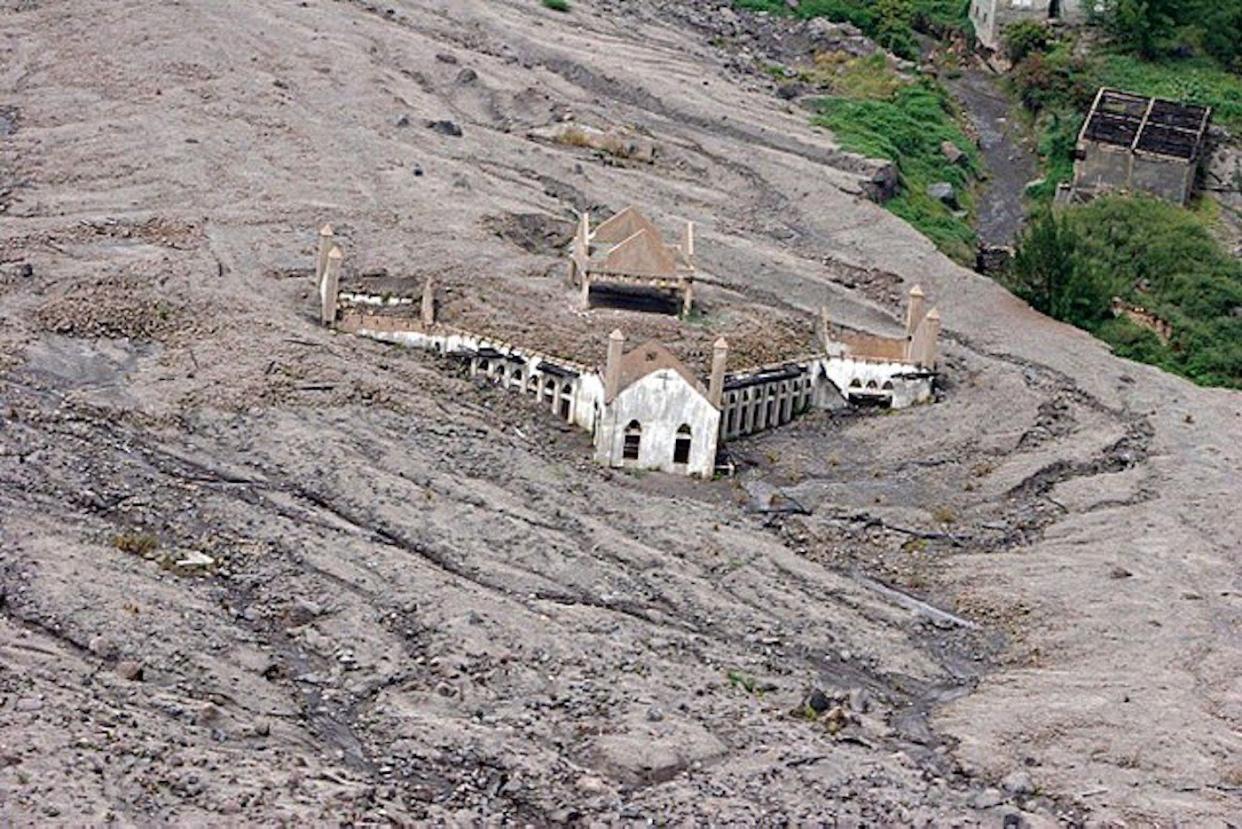
Montserrat
Montserrat is an island in the Caribbean that was the site of a huge volcanic eruption in 1995. That eruption of the Soufrière Hills volcano would have been bad enough on its own, but it remained active and continued to erupt several times, and thousands of the island’s residents were forced to flee.
The volcano remains active today at varying degrees of severity, but whatever it’s doing, it can be viewed from a safe distance at the Montserrat Volcano Observatory. Another attraction is the city of Plymouth, which was buried under lava and can be seen from the Montserrat Springs Hotel.
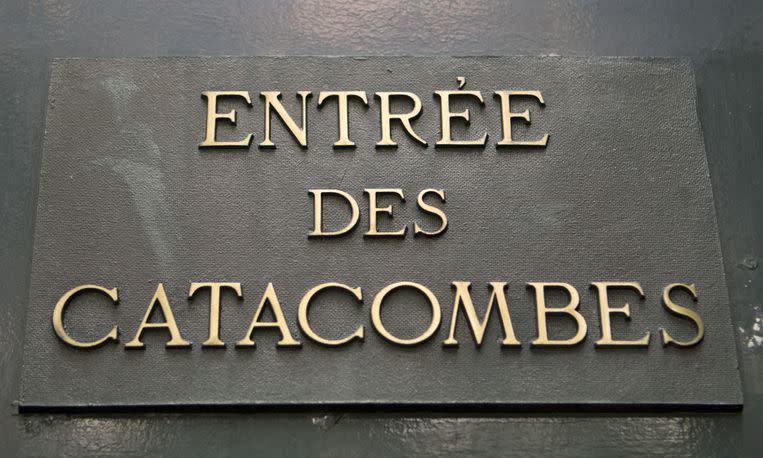
Catacombs of Paris
For the average tourist, a visit to Paris means seeing the Louvre, the Eiffel Tower, and the Arc de Triomphe. For the dark tourist, the city’s greatest attraction is its underground catacombs, which contain the remains of millions of Parisians. On the attraction’s website, it’s made clear that this subterranean network of bones is not for everybody.
The catacombs are not wheelchair-accessible, but beyond that, the website also discourages visits from “sensitive individuals” and says that children under 14 must be accompanied by an adult, because “the direct confrontation with bones may be overwhelming.” Of course, for the dark tourist, these are actually selling points.
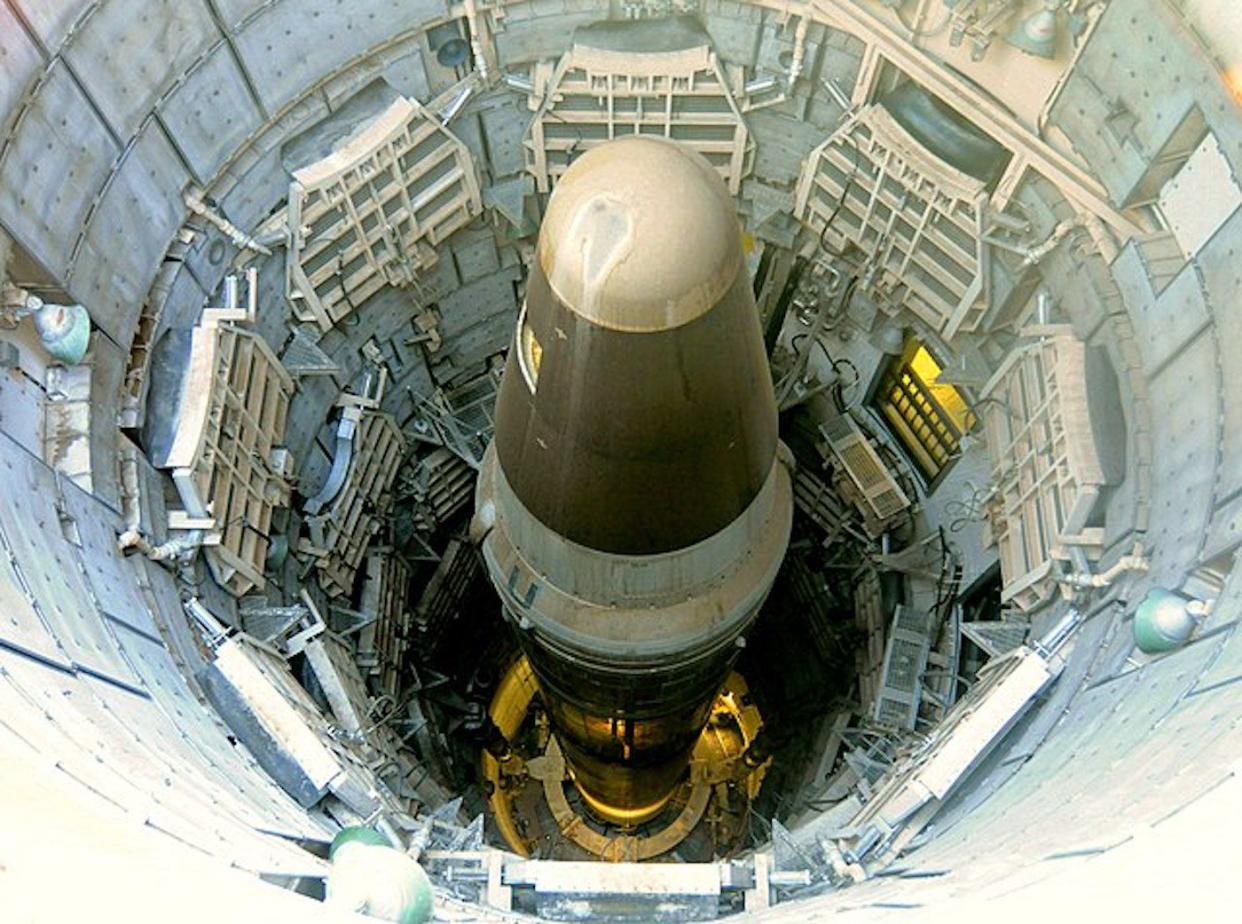
Titan Missile Museum
One thing that’s difficult for young people today to understand is how omnipresent the threat of nuclear confrontation was during the Cold War. This was particularly true during the 1980s, when the United States and the Soviet Union were vying to be the most armed nation on earth.
If you can’t explain this to young people well enough, just take them to the Titan Missile Museum near Tucson, Arizona. Its primary attraction, naturally, is an actual Titan II missile that was ready to be launched at a moment’s notice from 1963 to 1987. It’s a fascinating trip back into a not-too-distant past, and the sight of an actual missile puts the history into perspective better than any words could.
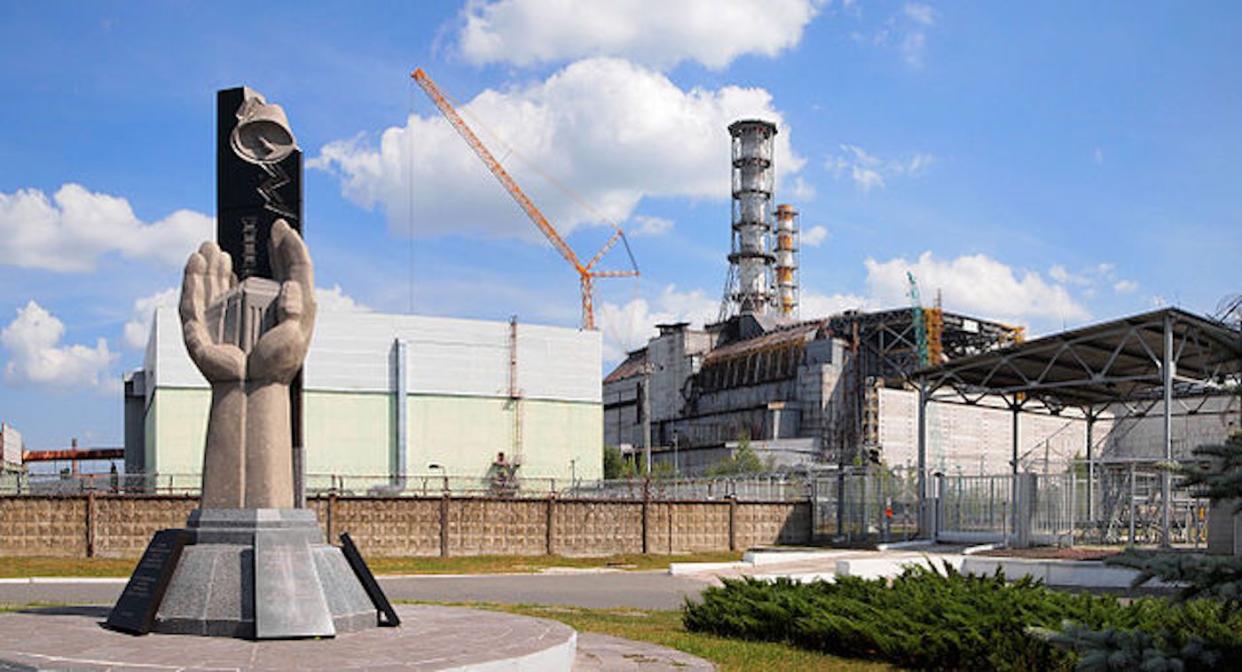
Chernobyl Nuclear Plant
The concept of dark tourism isn’t new, but it became a familiar term to a lot of people in the wake of the 2019 HBO miniseries Chernobyl, which told the story of the 1986 nuclear accident at the Chernobyl power plant near the Ukrainian city of Pripyat. It was the worst nuclear accident in history, causing untold thousands of deaths, and it was rivaled only by the 2011 incident at the Fukushima Daiichi nuclear power plant in Japan.
Despite the seriousness of the accident, the miniseries kicked off a wave of tourism that saw some visitors taking inappropriate selfies at the site of the accident. Most of these were mercifully taken down when Craig Mazin, the HBO miniseries’ screenwriter, implored them on social media to remember what had happened there. “If you visit, please remember that a terrible tragedy occurred there,” he said. “Comport yourselves with respect for all who suffered and sacrificed.”
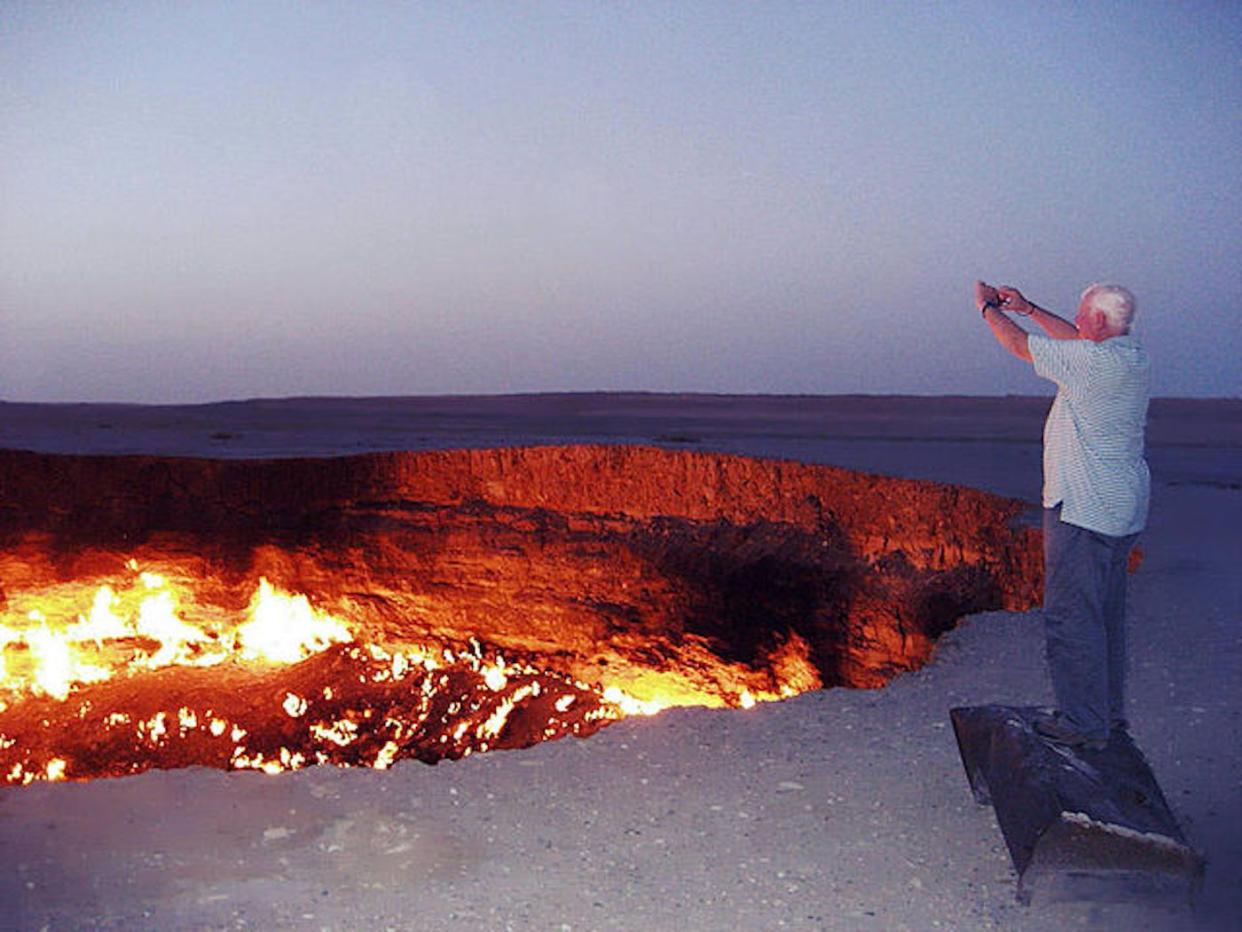
Darvaza Gas Crater
The Darvaza gas crater is located near Darvaza in Turkmenistan. It was identified by Soviet engineers as the possible location of an oil field, but when they drilled into it in 1971, it collapsed and began spewing gas, which the Soviets lit on fire in an attempt to burn it off. 50 years later, it hasn’t stopped burning.
The crater has since become a tourist attraction, and these tourists have been a much-needed source of income for the area, so while it might seem a little weird to take two weeks off from work to visit a location with the none-too-inviting nickname “The Gate to Hell,” you wouldn’t be the first person to do so.
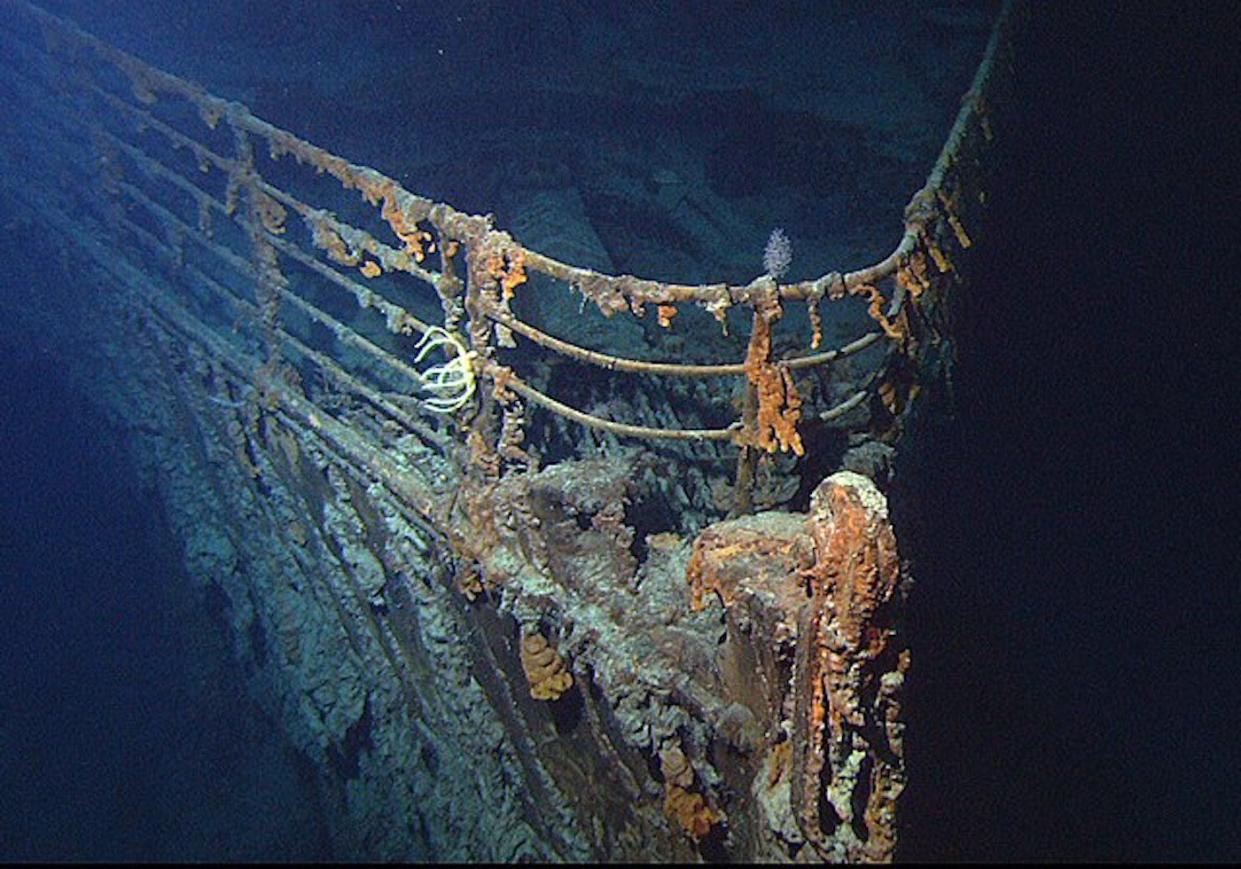
The Wreck of the Titanic
As anyone who went to the movies in 1997 knows, the Titanic was a ship that set sail in 1912 and was thought to be unsinkable. It sank anyway, but that hasn’t stopped people from being interested in the incident more than 100 years since it happened, and the OceanGate Titanic Survey Expedition took advantage of the continued interest by offering tourists the opportunity to descend to the site of the wreck.
However, after the implosion of OceanGate's Titanic submersible in June 2023, which instantly killed all aboard, this form of dark tourism is probably done for good.
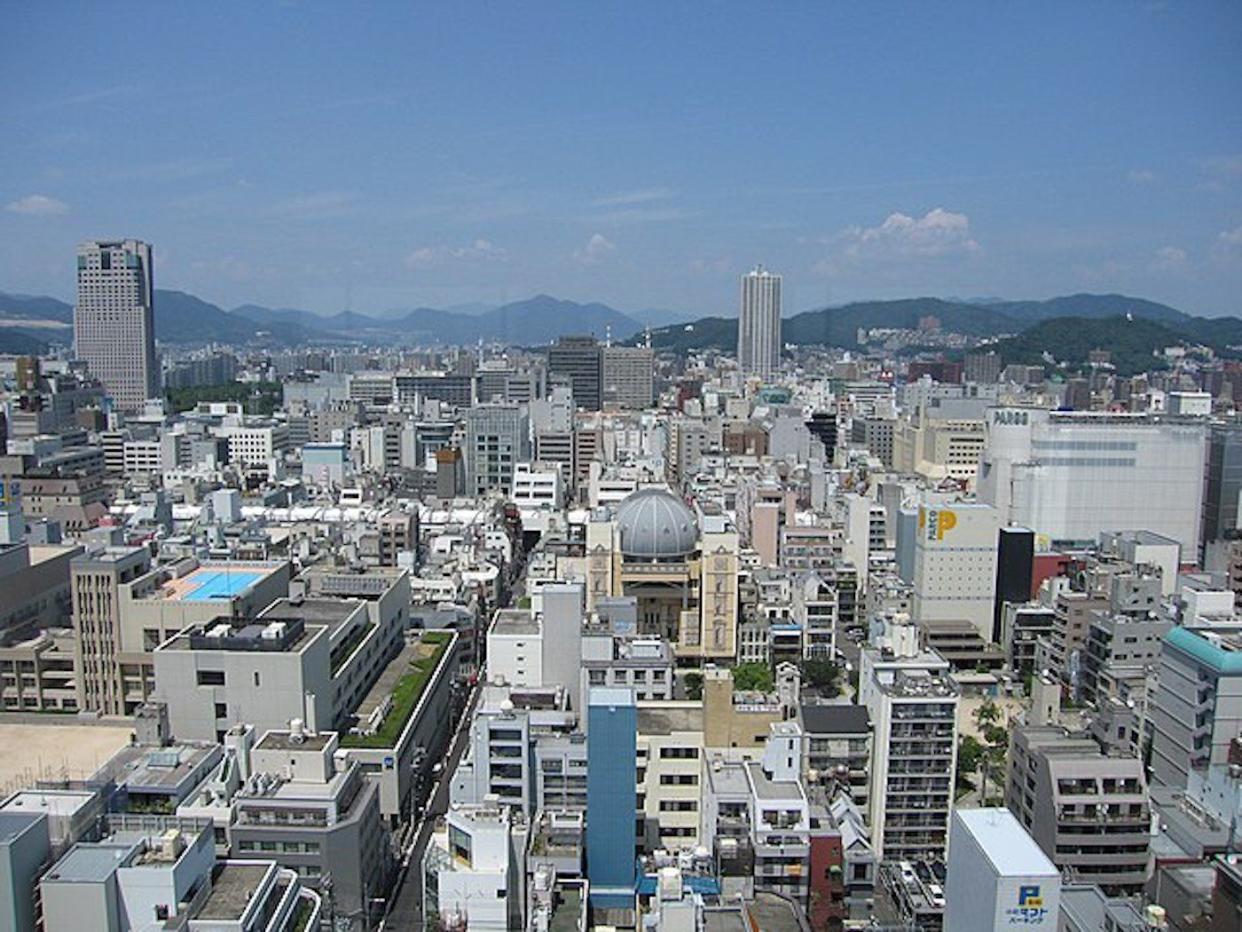
Hiroshima
Hiroshima is a city in Japan that was the first ever to be the target of a nuclear weapon. The United States dropped an atomic bomb on the city on August 6, 1945, and within seconds most of the city was destroyed and over 100,000 people were killed.
Today, the city has been rebuilt and it would be hard for many people to tell that it had been almost completely destroyed, and it’s currently one of the top tourist destinations in all of Japan. Visitors to the Hiroshima Peace Memorial Museum have numbered in the hundreds of thousands per year.
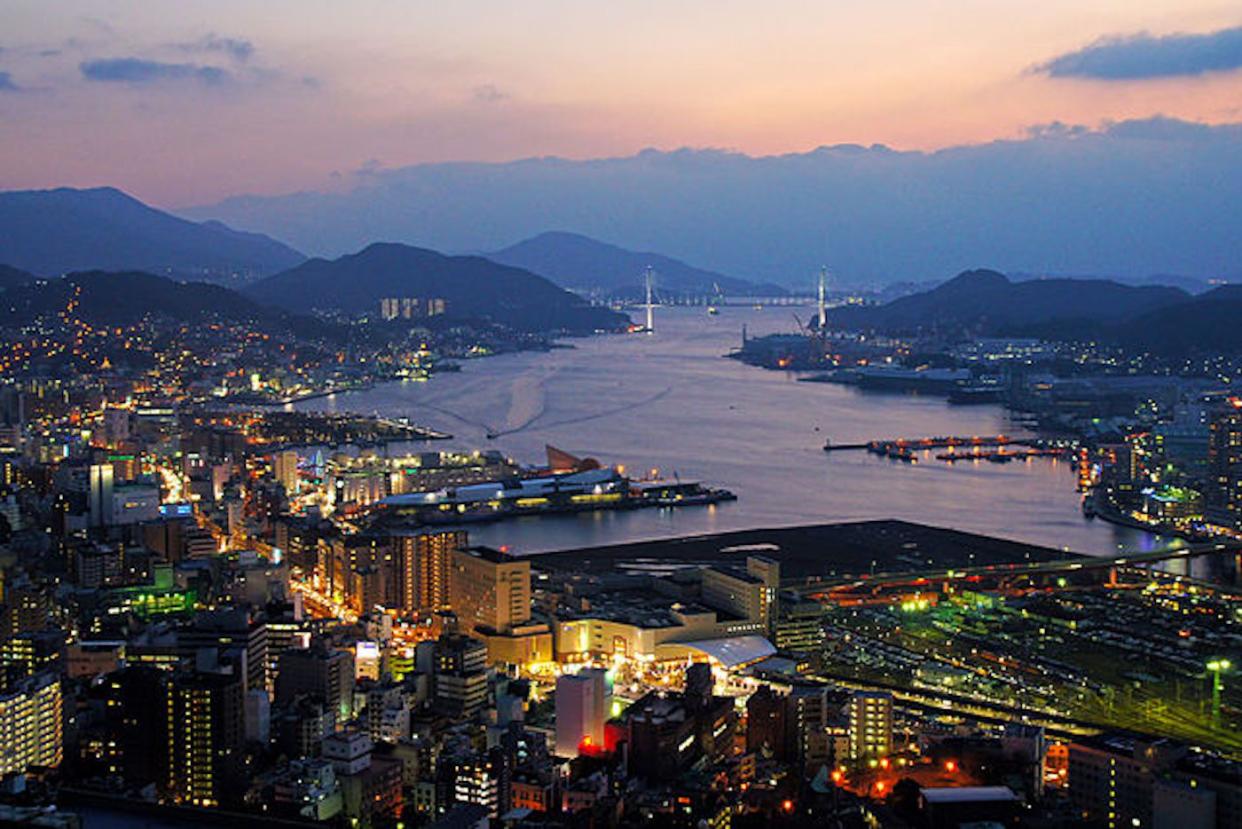
Nagasaki
Three days after the bombing of Hiroshima by the United States, Japan was the target of a second atomic bomb, this one dropped on the city of Nagasaki. As was the case with Hiroshima, Nagasaki suffered enormous damage and thousands of people were killed.
Nagasaki was also rebuilt after the war, and like Hiroshima, it has a healthy tourism industry that emphasizes the city’s port location and many scenic views. However, there’s no escaping its history, so tourists who are interested in learning more about what happened that August morning can visit the Nagasaki Peace Park, which has a memorial museum and a black monolith on the park grounds that marks the epicenter of the explosion.
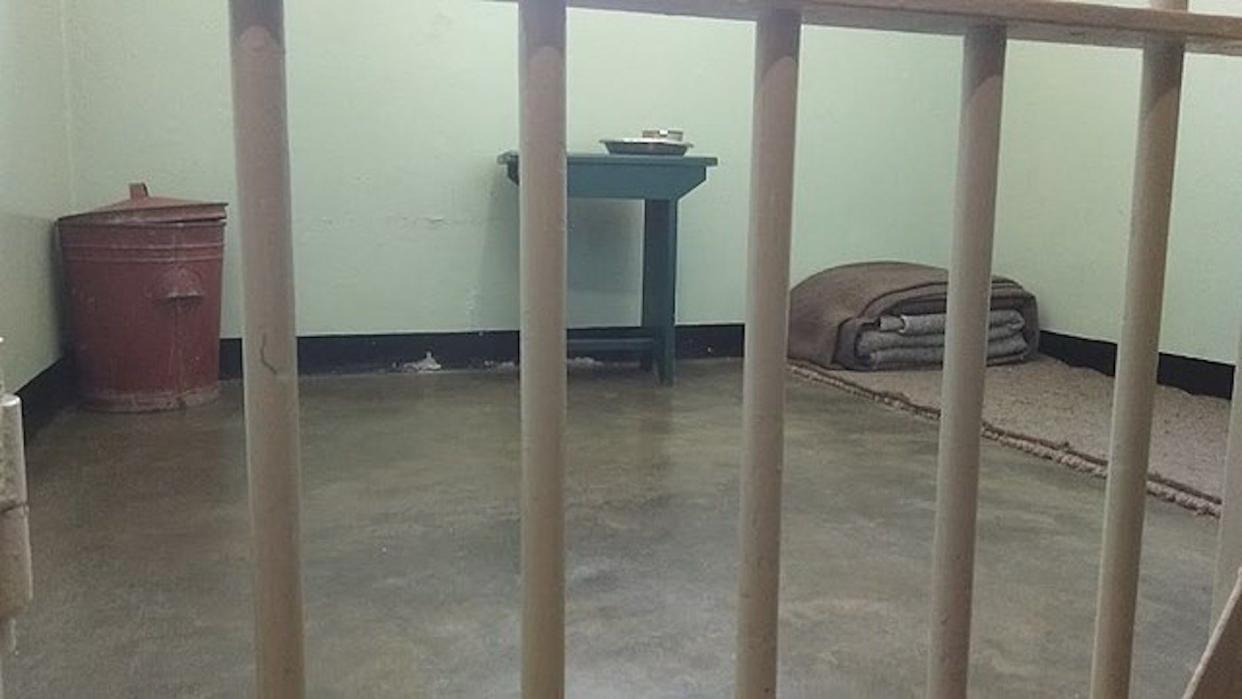
Robben Island
Robben Island is north of Cape Town in South Africa, and from the late 1600s until 1996, it was a prison. Many of its inhabitants were political prisoners, including Nelson Mandela, who was incarcerated there for 18 years. After the fall of Apartheid, Mandela became President of South Africa, as did two other former inmates at Robben Island, Kgalema Motlanth and Jacob Zuma.
Despite its dark past – or maybe because of it – Robben Island has become a tourist destination. The tour includes such must-see attractions as the graveyard for people who died from leprosy, and wraps up with a viewing of Nelson Mandela’s prison cell.
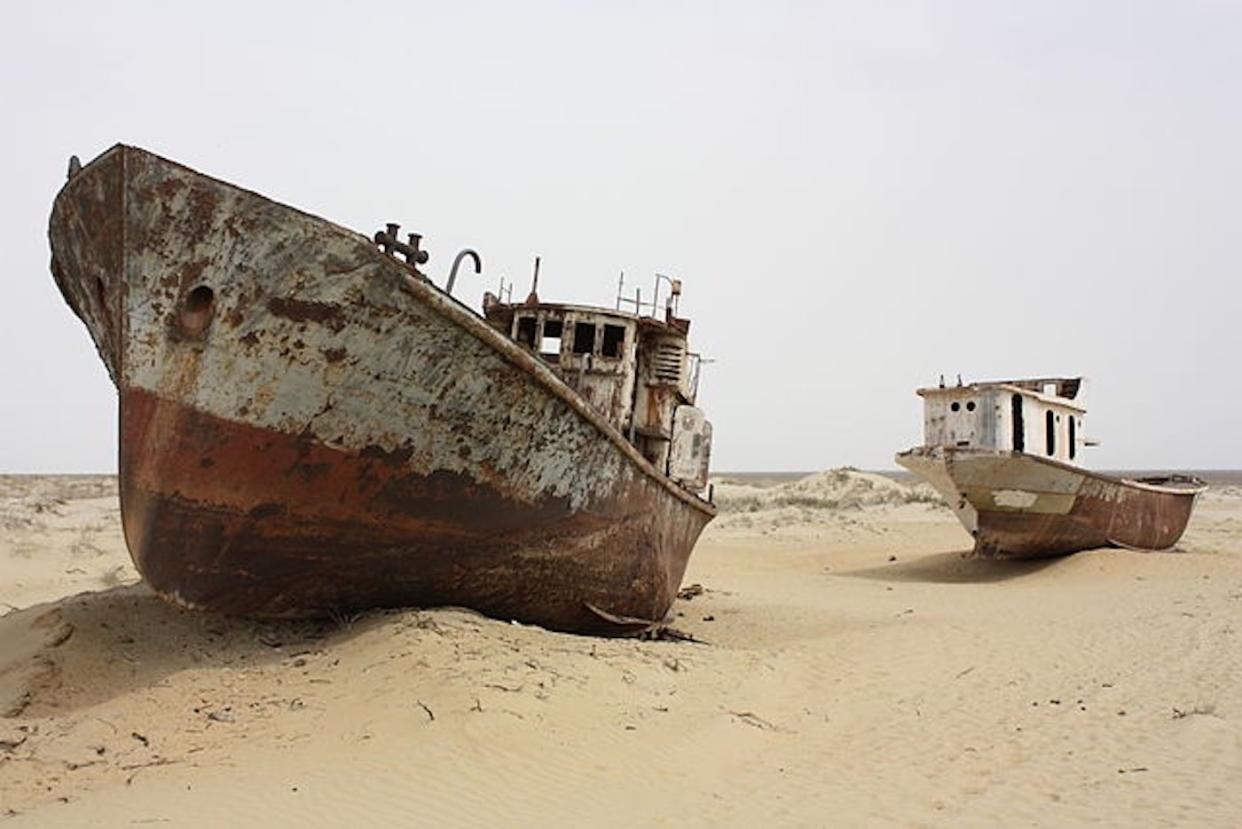
Aral Sea
The Aral Sea is not a sea but a lake, situated between Kazakhstan and Uzbekistan. Or rather, it used to be a lake, until it began to shrink in the 1960s, and then became completely dried up in the last decade. The Soviet government decided to redirect the two rivers that fed into the Aral Sea in an attempt to irrigate the desert and make it arable land for such crops as cotton and rice. Long story short, the body of water that was once as big as Lake Michigan is now mostly a wasteland, and may never recover.
The Aral Sea is now a tourist attraction, which is pretty incredible considering that it’s an ecological disaster that was caused entirely by human beings. However, that’s kind of the point – tourists are coming to see it while it’s still there to be seen, which is a situation that seems to have an unknown but inevitable expiration date.

Murambi Genocide Memorial Center
For people who are seeking dark tourism that’s as dark as possible, it’s hard to beat the Murambi Genocide Memorial Center. It’s one of six centers near Rwanda that commemorate the Rwandan genocide, and it contains the remains of approximately 50,000 victims.
According to the Center, there are “848 preserved corpses laying on display on wooden tables... The open hall on the ground floor of the main building now has an exhibition describing the context of the genocide. An additional two rooms contain burial chambers, where preserved human remains can be viewed through smoked glass.”
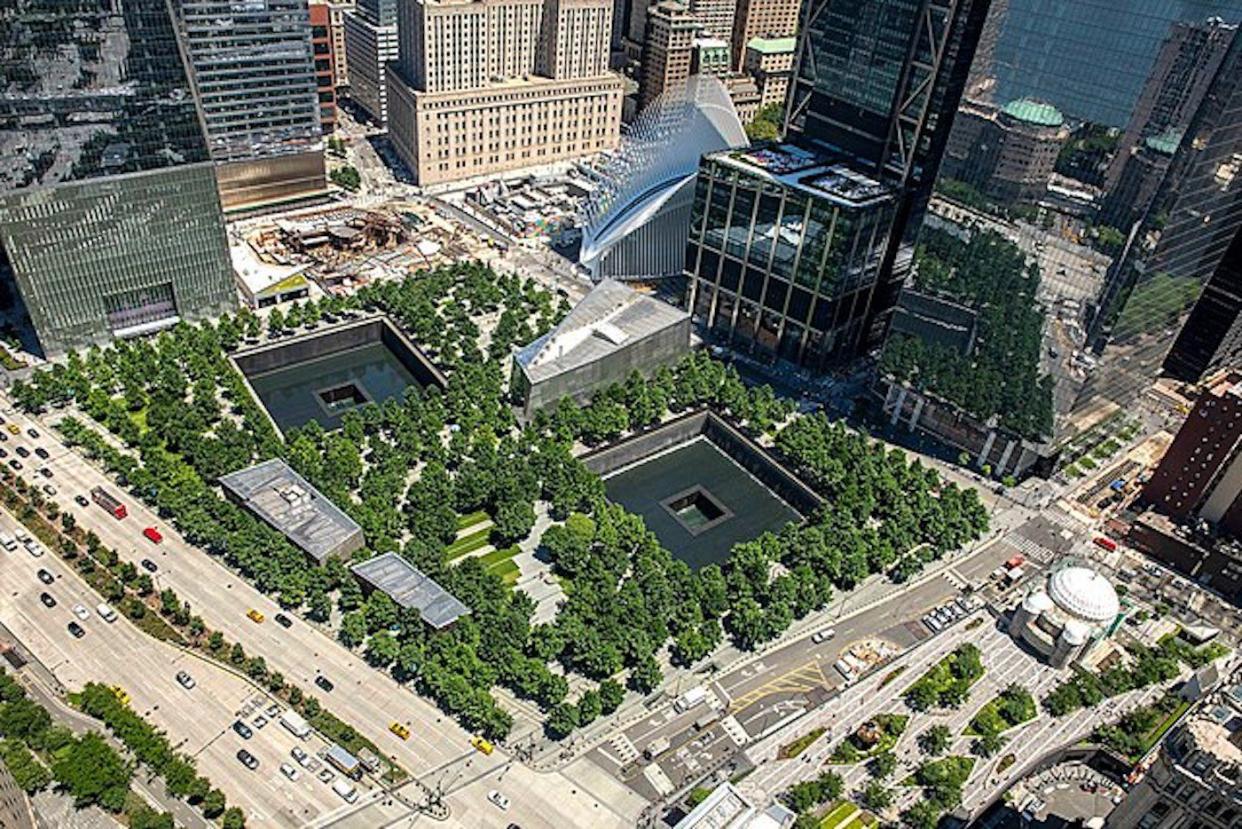
National September 11 Memorial & Museum
The National September 11 Memorial & Museum is located in New York City and commemorates the terrorist attacks of September 11, 2001. It’s located at the site of the former World Trade Center, and the memorial features photos of the almost 3,000 people who were lost on that day.
“Located at the World Trade Center in New York City, the 9/11 Memorial Museum tells the story of 9/11 through media, narratives, and a collection of monumental and authentic artifacts, presenting visitors with personal stories of loss, recovery, and hope,” the Center’s official website says.
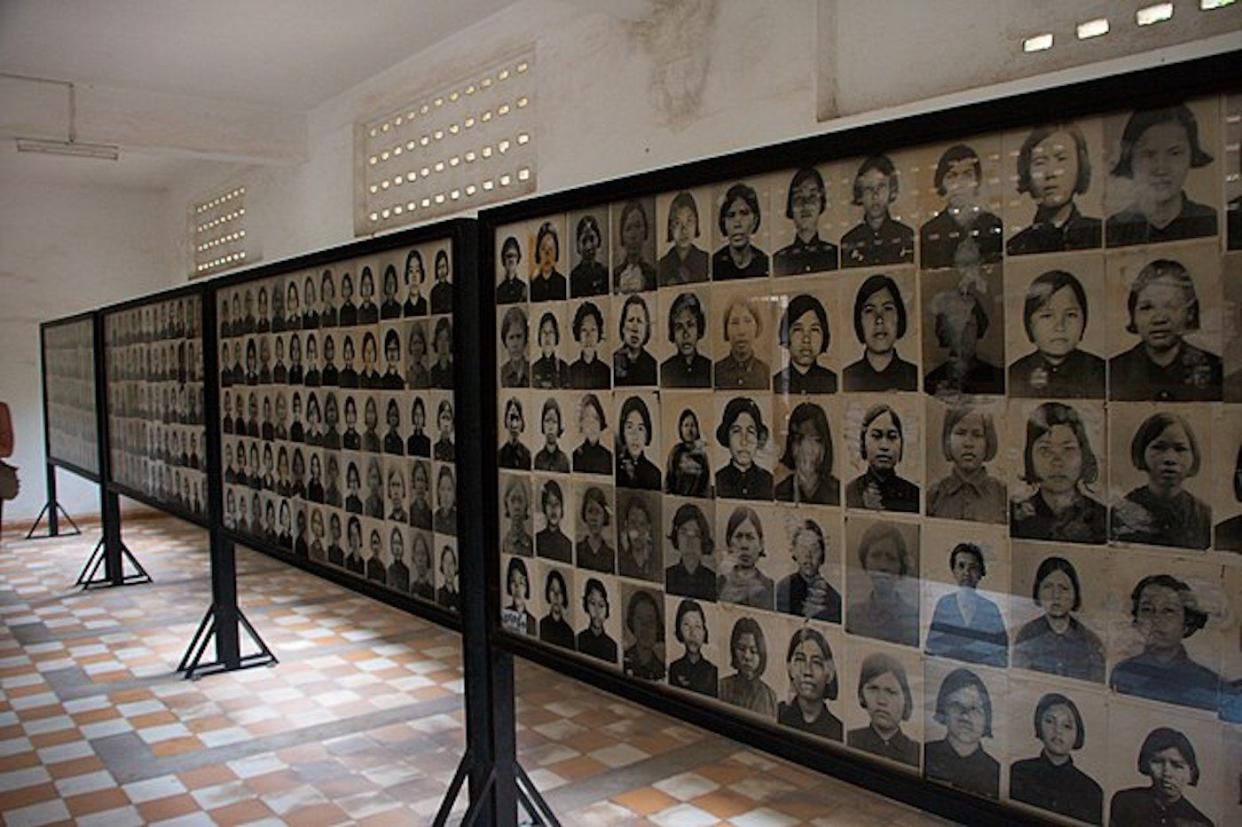
Tuol Sleng Genocide Museum
Located in Phnom Penh, the Tuol Sleng Genocide Museum chronicles the Cambodian genocide. Located on the site of a prison run by the Khmer Rouge regime, an estimated 20,000 people were imprisoned there during the 1970s. It was also one of almost 200 torture and execution centers run by the regime. According to the museum’s official website, the administration hopes that visitors will come away determined to put more good into the world.
“Tuol Sleng Genocide Museum is a place to remember the interrogation and detention at S-21 in the Khmer era,” it says. “The museum has preserved and presented evidence of tragic events in Cambodian history for the public to study in order to inspire and encourage them to become peace missionaries.”
This article was produced and syndicated by MediaFeed.
